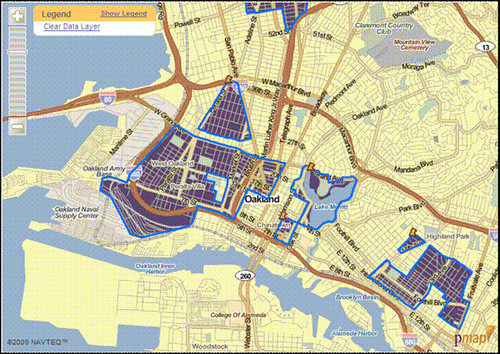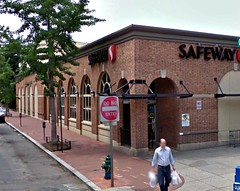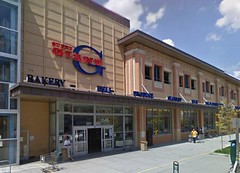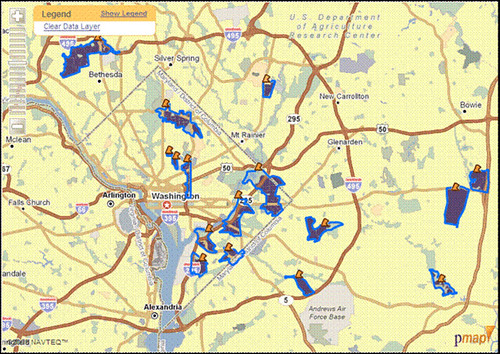Data confirm lack of supermarket access in poor neighborhoods

Posted November 11, 2010 at 1:03PM
A recent analysis by the Brookings Institution, in collaboration with The Reinvestment Fund (TRF), finds that nearly 2 million residents of low- and moderate-income communities in 10 large U.S. metropolitan areas lack access to something most of us take for granted—a local supermarket. Tens of millions more lack supermarket access outside the focus areas studied by Brookings and its partners.
“Poor families and people of color don’t have enough access to the fresh fruits and vegetables they need to live a healthy life,” said Judith Bell, president of the national equity advocacy organization PolicyLink, commenting on the data in a press release. “It’s no wonder that these same communities are hit hardest by obesity and diabetes. We must help supermarkets, farmers markets, and other fresh food stores open in under-served areas – bringing jobs, economic stability, and healthy food to communities in need of all three."
The study, Getting to Market, describes the important role that local supermarkets play in reducing food costs, expanding healthy food options, and promoting economic development for lower-income households and communities. It discusses how market obstacles limit supermarket access in some locations, however, and highlights the extent of these access gaps in 10 metro areas—affecting populations ranging from 27,000 in the Little Rock, AR area to more than 500,000 in greater Los Angeles. The analysis estimates the lost retail opportunity in these low-access communities at a combined $2.6 billion annually.
The study’s web site links to an interactive map where users can view and zoom in on regional and neighborhood-scale information to locate low-access areas, while adding or subtracting several other layers of useful information, such as income distribution, the presence or absence of food nutrition programs, and the location of federally assisted housing.
At the top of this post, for example, is a map showing, in blue, low-access areas in Oakland, California. Just above is Washington, DC and suburban areas to the east and north. Below is a portion of the DC area shown in finer-grain detail.
While the problem is particularly acute in low-income areas where residents may lack the means to travel elsewhere for healthy food, my reading of the maps is that it would be a mistake to think of the issue exclusively as urban or low-income. “Supermarket deserts” are also found in rural and even in some relatively affluent areas.
The authors believe that these data and maps will inform growing federal, state, and local efforts that are leveraging private capital to reduce barriers to supermarket development in neighborhoods where viable market opportunities exist.
According to the press release, the new analysis is part of Brookings’ High Cost of Being Poor project, supported by the Annie E. Casey Foundation. Brookings’ Metropolitan Policy Program partnered with The Reinvestment Fund to analyze the data and publish the results through TRF’s PolicyMap service. It examines supermarket access in low- and moderate-income communities in 10 U.S. metropolitan areas: Atlanta, GA; Baltimore, MD; Cleveland, OH; Jackson, MS; Las Vegas, NV; Little Rock, AR; Los Angeles, CA; Louisville, KY; Phoenix, AZ; and San Francisco-Oakland, CA. This work complements prior TRF analyses supported by the Tides Foundation.
For those with an appetite for methodological detail, a video on the Brookings site, featuring the Institute’s Alan Berube, explains the study and its conclusions.
Move your cursor over the images for credit information.




